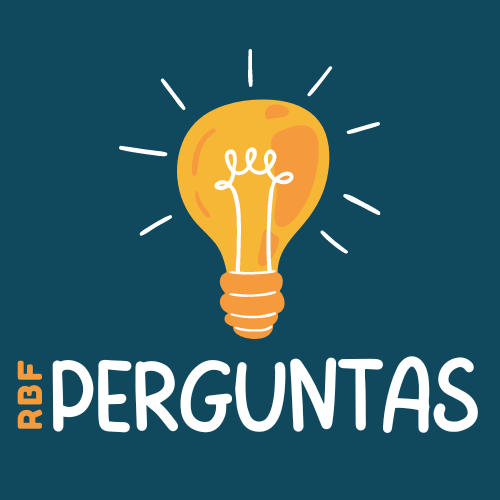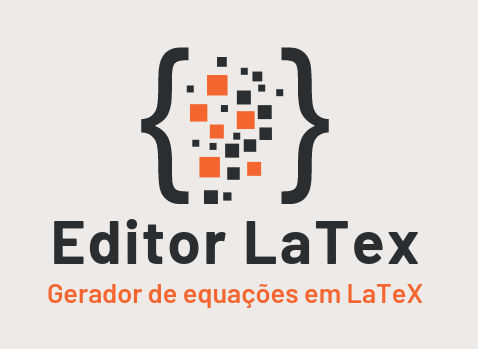Electric Current Generation in an Ionic Solution: Didactic Approach and Experimental Application
Jailton dos Santos Filho
ORCID | Lattes | E-mail
Resumo: O movimento dos elétrons em materiais condutores permite a manifestação da energia em forma de eletricidade. Para acender uma lâmpada, por exemplo, utilizam-se circuitos elétricos que são montados com o fim de direcionar a corrente elétrica necessária ao funcionamento do aparelho. Neste trabalho, buscou-se montar um experimento que permitisse condução eletrônica através de materiais condutores inorgânicos (e. g. água e sal de cozinha), com o objetivo de verificar a relação de proporcionalidade entre a concentração da solução iônica e a intensidade da corrente elétrica específica para o acendimento de uma lâmpada de baixa voltagem. Os dados foram examinados através de plotagens gráficas, possibilitando a análise quantitativa dos valores obtidos mediante a curva apresentada. A montagem experimental aqui apresentada permite sua replicabilidade em sala de aula, em conformidade com as habilidades EM13CNT106 e EM13CNT107 vigentes no Brasil, de acordo com a Base Nacional Comum Curricular (BNCC). Essa inquirição visa instigar professores e alunos a uma investigação mais sutil sobre o comportamento de certas grandezas físicas fundamentais ao processo de condução de eletricidade.
Palavras-chave: Eletricidade, Corrente Elétrica, Solução Iônica, Lâmpadas, BNCC.
Abstract: The movement of electrons in conductive materials is one the manifestations of energy in the form of electricity. To turn a lamp on, for example, electrical circuits are assembled and used in order to drive the electric current necessary for the operation of the appliance. In this work we proposed to set up an experiment to study electronic conduction through simple electrolytes (e. g. water and table salt), in order to verify the relationship between the concentration of the ionic solution and the intensity of the specific electric current which is needed to turn low voltage lamp on. The data were examined through graphical plots, allowing the quantitative analysis of the values obtained through least square fitting. The experimental assembly presented here allows its replicability in the classroom, in accordance with the skills EM13CNT106, EM13CNT107 and EM13CNT308 used in Brazil according to the National Common Curricular Base (BNCC). This project intends to instigate teachers and students to a more nuanced investigation into the behavior of certain physical quantities fundamental to the process of conducting electricity.
Keywords: Electricity, Electric Current, Ionic Solution, Lamps, BNCC



Siga-nos